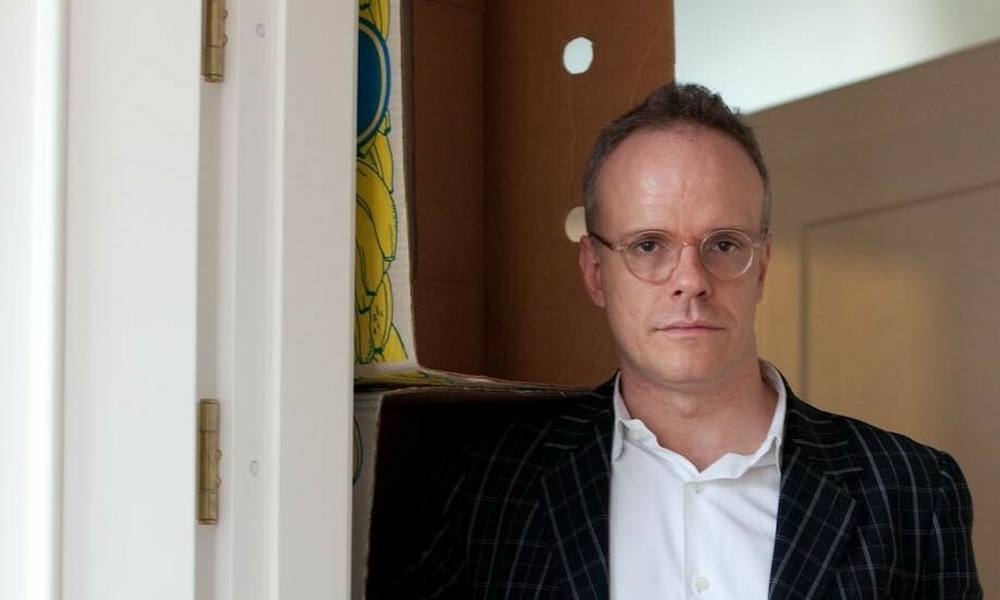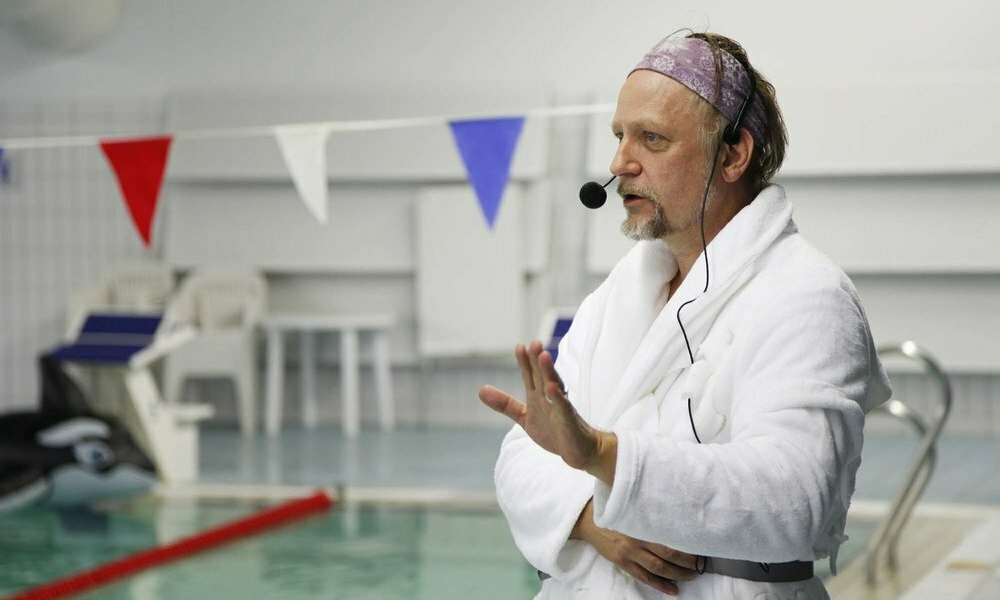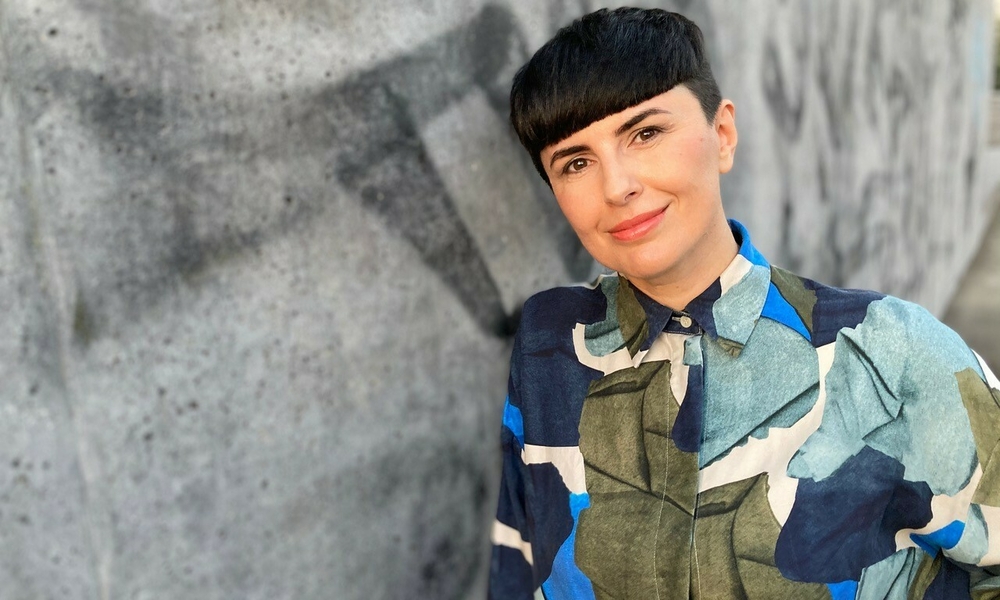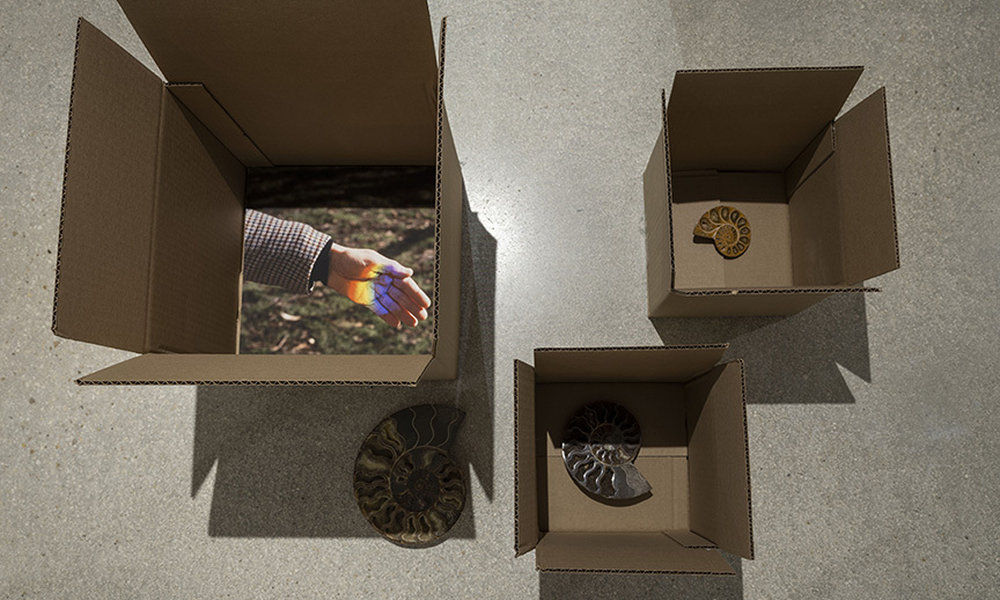MOAD Talks
Luca Cerizza: Art as Storytelling and the Storytelling of Art
February 15, 2022
Online
MOAD Talks
Luca Cerizza: "Art as Storytelling and the Storytelling of Art: Narration and Metalinguistics in the Art of Hreinn Fridfinnsson"
Independent curator and art writer Luca Cerizza discusses the narrative and metalinguistic nature of a large part of Hreinn Fridfinnsson’s artistic practice and the ways in which the artist has used narrative constructs as a founding pillar of his visual language since the early 1970s. Cerizza speculates on how Fridfinnsson’s practice, while it introduces a narrative, even fabled, dimension within conceptual and land art, could be boldly divided into two phases, the first one (dating from the beginnings of the artist’s career to the mid-1970s) marked by the presence of a narrative quality (“art as storytelling”), the second (running from the early 1990s to the present) characterized by a substantial group of artworks constructed around references to, and evocations of, art history (“the storytelling of art”). Finally, Cerizza explores how this substantial aspect of Fridfinnsson’s production has been clearly influenced by biographic elements (his Icelandic origins and the circumstances that brought him to work in the field of visual arts) that entered his artistic practice.
Luca Cerizza was born in Milan in 1969 and currently lives in Turin and Milan, where he has taught curatorial studies and museology in the MA program of NABA (Nuova Accademia di Belle Arti) since 2006. He is the author of Alighiero e Boetti: Mappa (London: Afterall, 2008, and Milan: Electa, 2009) and of many essays on post-Minimalist practices and art from the 1990s onward, including recent texts on Ian Wilson, Kazuko Miyamoto, Pieter Vermeersch, Katharina Grosse, and Elodie Seguin. Cerizza is the editor of an anthology of texts by art critic Tommaso Trini (Milan: Johan & Levi, 2016) and of recent monographs on Gianni Pettena and Diego Perrone (both Milan: Mousse, 2020). He has written for Frieze (2006–13) and is now a contributing editor of Flash Art.
During the last twenty-five years, Cerizza has curated extensively at in various institutions in Italy and abroad. Among his latest projects are major solo exhibitions of Tomás Saraceno (Museo di Villa Croce, Genoa, 2014, with Ilaria Bonacossa), Kazuko Miyamoto (The Japan Foundation, Delhi, 2015), Parbhakar Pachpute (NGMA-National Gallery of Modern Art, Mumbai, 2016, with Zasha Colah), Gianfranco Baruchello (Raven Row, London, 2017), Tino Sehgal (OGR, Turin, 2018), and Vincenzo Agnetti (Padiglione de L’Esprit Nouveau, Bologna, 2021). He is currently working on a retrospective exhibition and accompanying monograph on Massimo Bartolini at Centro Pecci in Prato (scheduled for June 2022).





